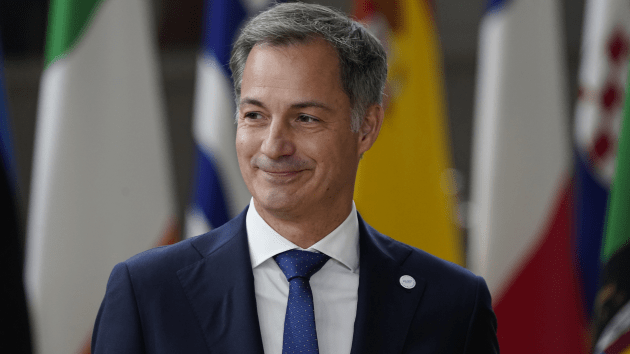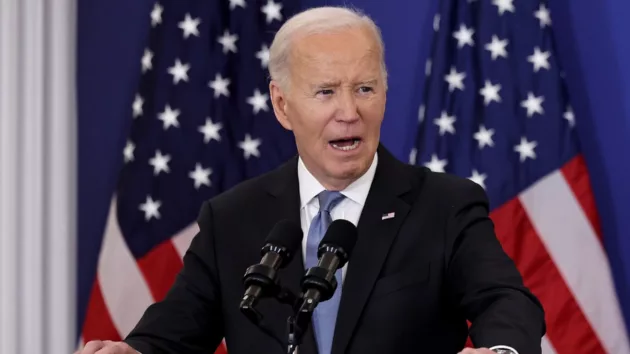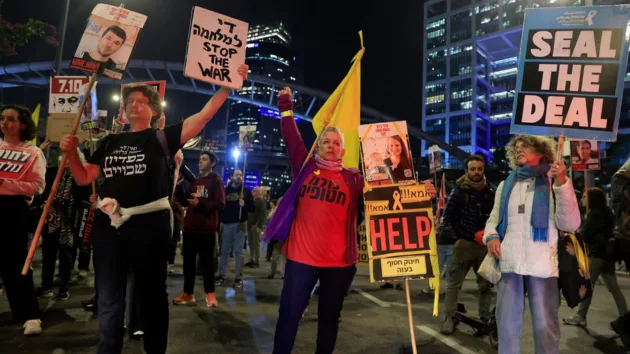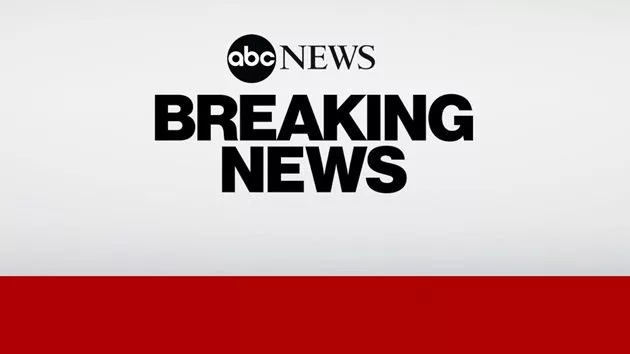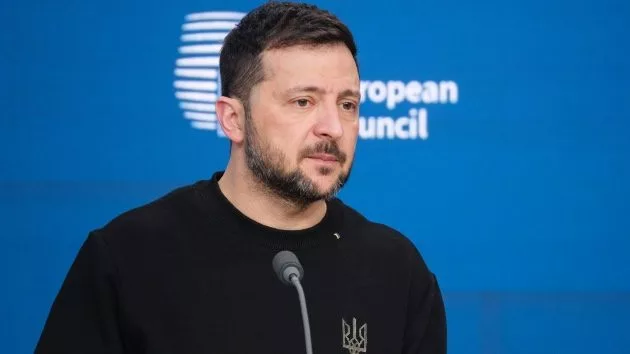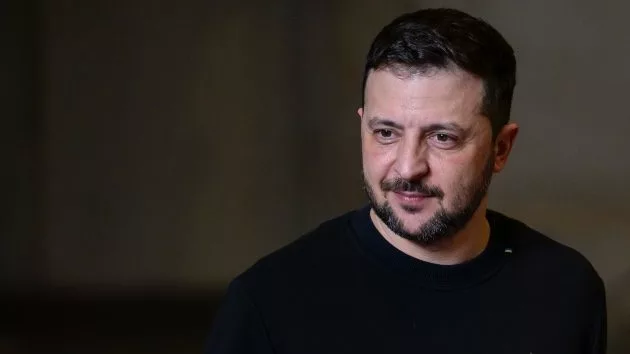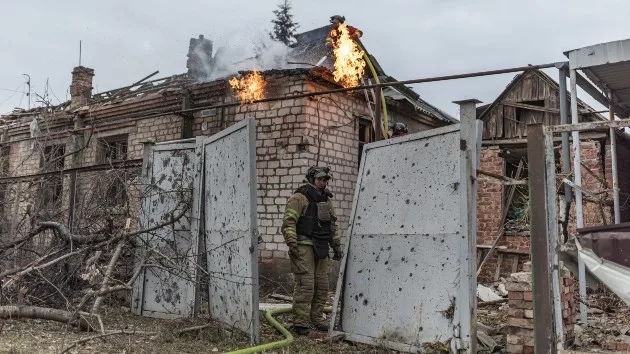
(LONDON) — Russia increased the intensity of its long-range drone attacks on Ukrainian cities by around 44% in the week following President-elect Donald Trump’s election victory, ABC News analysis shows.
The size and complexity of drone attacks by both Russia and Ukraine have been steadily increasing since the full-scale war began in February 2022. The past five weeks have seen around 4,500 UAVs cross the shared border in either direction.
But Trump’s electoral victory — confirmed in the early hours of Nov. 6 — aligned with an uptick in Moscow’s use of Iranian-produced Shahed strike drones to bombard Ukrainian targets nationwide.
The week since Trump’s win saw Russia launch 641 strike drones into Ukraine, per daily figures published by Ukraine’s air force — an average of more than 91 UAVs each day.
Ukraine’s air force recorded 2,286 launched into its territory in the period from Oct. 1 to Nov. 5, at a daily average of less than 64 UAVs.
The daily number of Russian drones surpassed 100 on three of the seven days since the U.S. presidential election, that threshold having been reached only five times in the five weeks previously. The record high of 145 drones was set on Nov. 10.
Russia often also launches ballistic missiles along with its drone barrages, though far fewer. Ukraine’s air force reported 88 missiles fired into the country between Oct. 1 and Nov. 5, and 12 in the week after the election. That meant a daily average of just over 2 Russian missiles in the period before the election and just under 2 after.
The rate of Ukrainian drone attacks has been stable since the start of October, per figures published in real time by the Russian Defense Ministry on its Telegram channels.
Moscow reported downing 1,277 between Oct. 1 and Nov. 5 — an average of just over 35 UAVs each day. The week after the election saw Russian air defenses down 243 drones, the ministry said, for a daily average of just below 35 UAVs.
ABC News cannot independently verify the numbers provided by either defense ministry. The publicly available totals do not include short-range or reconnaissance drones used in front line areas. Both Russia and Ukraine may have reasons to inflate the figures and war conditions mean details can be hard to confirm.
Nonetheless, the general trend is toward larger and more regular drone barrages.
“In the next few months up to Jan. 20, we are expecting a significantly increasing number of launches towards Ukraine,” Ivan Stupak, a former officer in the Security Service of Ukraine, told ABC News.
Stupak said the number of Russian drone attacks has been steadily increasing in recent months. August saw 818 launches, September 1,410 and October 2,072, he said. Moscow’s intention, Stupak suggested, is to cause as much damage to Ukraine as possible before the change in U.S. administration.
Russia’s rising rate of long-range attacks comes alongside its increased intensity of ground assaults, with heavy fighting ongoing in eastern Ukraine, in Russia’s western Kursk region — parts of which Kyiv’s forces have occupied since August — and with Ukrainian commanders bracing for an expected offensive in the southern Zaporizhzhia region.
Both sides have a two-month window in which to maneuver before Trump returns to the White House, having promised during the campaign to end the war “in 24 hours” by forcing Kyiv and Moscow to the negotiating table.
Russia is upping the ante “because they want to put Ukraine in the most difficult situation before Trump is inaugurated,” Oleg Ignatov — the International Crisis Group think tank’s senior Russia analyst — told ABC News. “It’s good for Russia to be as a strong as possible,” he added, though noted that “events on the ground have their own logic” beyond the purely political.
Ukraine will want to continue its own long-range strikes, using its fast-developing and far-reaching drone arsenal. “Ukraine will continue conducting such types of strikes as long as it possible,” Stupak said. “First of all, Ukraine is interested in destroying huge munition depots and oil refineries and facilities.”
Kremlin spokesperson Dmitry Peskov said Russia sees “positive signals” following Trump’s victory, though added it is unclear “to what extent Trump will adhere to the statements made during his campaign.”
Still, President Vladimir Putin has repeatedly said any peace talks must be based on the “new territorial realities” of partial Russian occupation and claimed full sovereignty over four Ukrainian regions — Donetsk, Luhansk, Zaporizhzhia and Kherson — as well as continued control of Crimea, which was annexed in 2014.
The Kremlin has also signaled it will not begin negotiations with Ukraine on ending the war until Ukrainian troops are removed from Kursk.
Ukrainian President Volodymyr Zelenskyy set out a five-point “victory plan” in October, which included demands for full NATO membership and more long-range Western weapons — plus permission to use them on Russian territory — as key deterrence measures.
Zelenskyy’s victory plan also included three “secret annexes” that were presented to foreign leaders but not made public.
ABC News’ Patrick Reevell and Natalia Popova contributed to this report.
Copyright © 2024, ABC Audio. All rights reserved.



